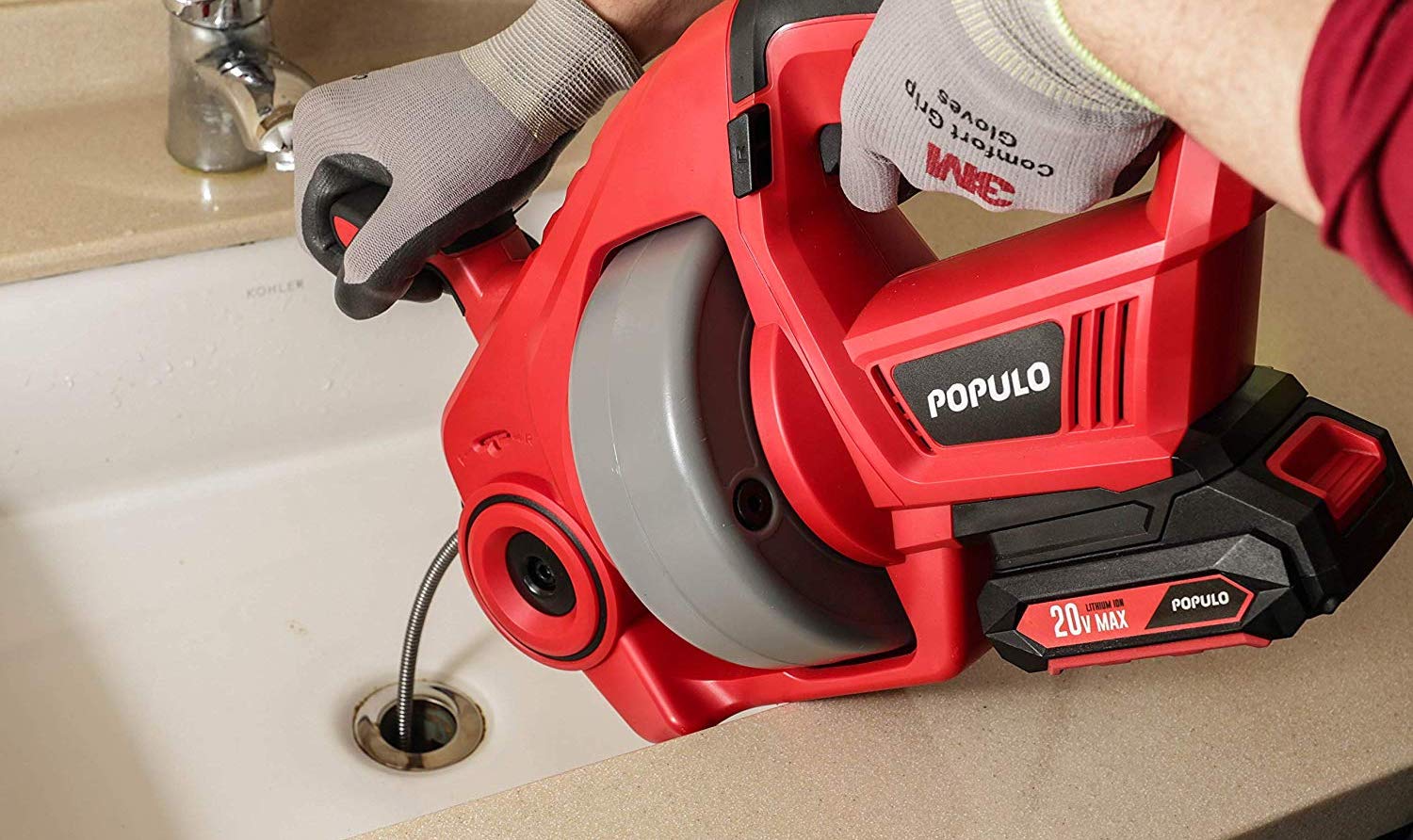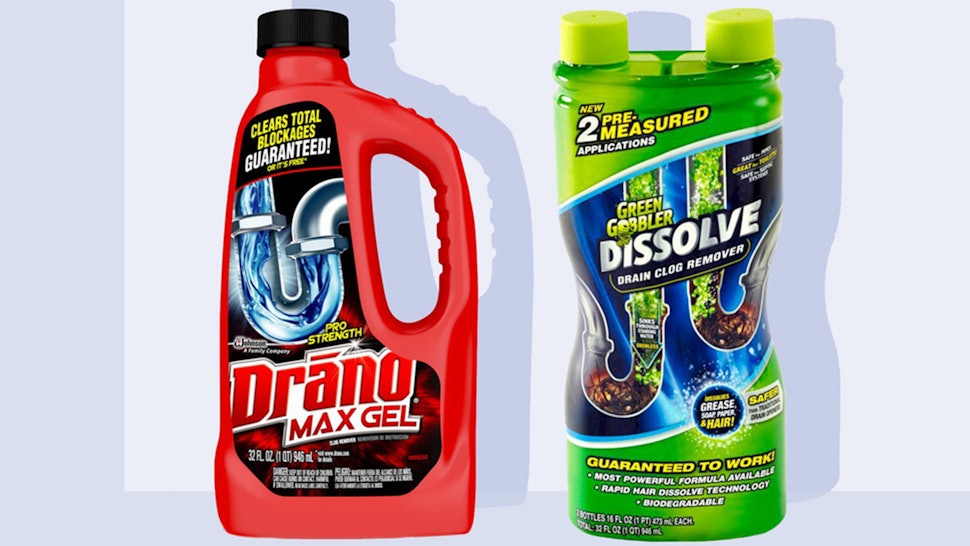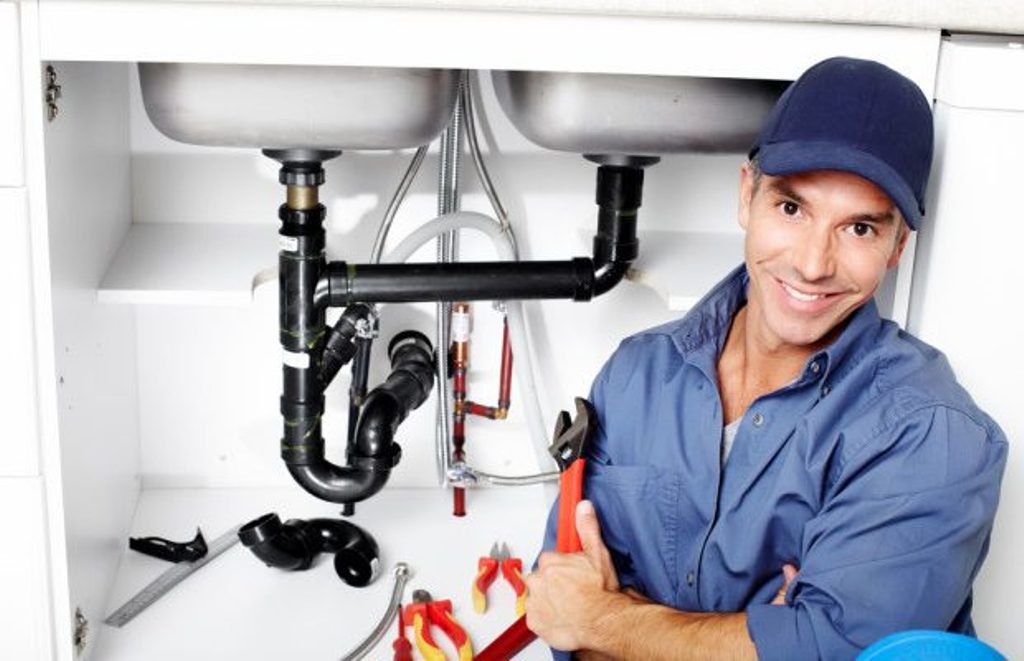If your bathroom sink isn't draining properly, you may be dealing with a clogged sink. This can be a frustrating issue to deal with, especially if you use your sink on a daily basis. However, there are several easy and effective ways to fix a clogged bathroom sink and get the water flowing again. In this article, we'll go over the top 10 reasons why your bathroom sink may not be draining and how to solve each one.Clogged Bathroom Sink: How to Fix the Problem
One of the most common signs of a clogged bathroom sink is slow drainage. If you notice that the water is taking longer than usual to drain from your sink, it's likely that there is something blocking the pipes. This could be due to a number of reasons, such as hair, soap scum, or other debris.1. Slow Draining Sink: A Common Sign of a Clog
In order to fix a clogged bathroom sink, you first need to identify what is causing the blockage. This can usually be done by removing the sink stopper and visually inspecting the drain. If you see any hair or debris, try to remove it using your fingers or a pair of tweezers.2. Blocked Sink: Identifying the Obstruction
If your sink is completely blocked, you may notice standing water in the sink basin. This is a clear indication of a clog and will need to be addressed in order to restore proper drainage. Before attempting to fix the issue, make sure to remove any standing water from the sink using a cup or bucket.3. Standing Water in Sink: An Indication of a Clog
If the blockage is not too severe, you may be able to fix the clogged bathroom sink using a plunger. Simply place the plunger over the drain and pump it up and down a few times. This should create suction and dislodge any debris that may be causing the clog.4. The Plunger: A Quick and Easy Solution
If the plunger doesn't work, you may need to use a drain snake to remove the blockage. This long, flexible tool can be inserted into the drain and twisted to grab onto and remove any debris. You can find a drain snake at most hardware stores.5. Drain Snake: A Tool for Tougher Clogs
If the clog is particularly stubborn, you may need to use a chemical drain cleaner to dissolve the blockage. However, these cleaners can be harsh and should be used with caution, as they can damage your pipes and harm the environment. It's also important to follow the instructions carefully and avoid mixing different types of cleaners.6. Chemical Drain Cleaner: An Effective but Harsh Solution
Hair is one of the most common causes of a clogged bathroom sink. This is especially true if you have long hair or regularly shave in the sink. To prevent hair clogs, consider installing a hair catcher over the drain to catch any loose strands before they can cause a blockage.7. Hair Clog: A Common Culprit for Clogged Sinks
You may not think of your bathroom sink as a place for grease, but it can actually build up over time and cause clogs. This is often due to products like toothpaste or face wash that contain oils. To prevent grease buildup, regularly clean your sink with a mixture of hot water and dish soap.8. Grease Buildup: A Surprising Cause of Clogs
If none of the above methods work to fix your clogged bathroom sink, it may be time to call a professional plumber. They will have the tools and expertise to diagnose and solve the issue, and can also provide tips for preventing future clogs.9. When to Call a Professional Plumber
The Importance of Proper Drainage in Bathroom Sinks

Why is My Bathroom Sink Not Draining?
 One of the most common issues homeowners face in their bathrooms is a sink that won't drain properly. Not only is this frustrating, but it can also lead to bigger plumbing problems if not addressed promptly. So, what causes a bathroom sink to not drain? There could be several reasons, including clogs, faulty pipes, or even improper installation. It's essential to identify the root cause of the problem to find the best solution and prevent future issues.
One of the most common issues homeowners face in their bathrooms is a sink that won't drain properly. Not only is this frustrating, but it can also lead to bigger plumbing problems if not addressed promptly. So, what causes a bathroom sink to not drain? There could be several reasons, including clogs, faulty pipes, or even improper installation. It's essential to identify the root cause of the problem to find the best solution and prevent future issues.
The Dangers of Ignoring a Clogged Sink
 A clogged bathroom sink can quickly turn into a bigger problem if left unattended. The standing water can become a breeding ground for bacteria and mold, leading to foul odors and potential health hazards. Additionally, clogged sinks can also cause damage to your pipes, leading to leaks and even burst pipes. This can result in costly repairs and potential water damage to your home. Therefore, it's crucial to address a non-draining sink as soon as possible.
A clogged bathroom sink can quickly turn into a bigger problem if left unattended. The standing water can become a breeding ground for bacteria and mold, leading to foul odors and potential health hazards. Additionally, clogged sinks can also cause damage to your pipes, leading to leaks and even burst pipes. This can result in costly repairs and potential water damage to your home. Therefore, it's crucial to address a non-draining sink as soon as possible.
Solving the Problem
 If you've noticed that your bathroom sink isn't draining correctly, the first step is to try and remove any visible clogs. Use a plunger or a drain snake to try and dislodge the blockage. If this doesn't work, you may need to remove the drain stopper and clean it out. However, if the clog is deeper in the pipes, it's best to call a professional plumber to avoid causing further damage.
If you've noticed that your bathroom sink isn't draining correctly, the first step is to try and remove any visible clogs. Use a plunger or a drain snake to try and dislodge the blockage. If this doesn't work, you may need to remove the drain stopper and clean it out. However, if the clog is deeper in the pipes, it's best to call a professional plumber to avoid causing further damage.
Preventing Future Issues
 Prevention is always better than cure when it comes to plumbing problems. To avoid a clogged sink, make sure to avoid putting anything down the drain that could cause a blockage, such as hair, grease, or large food particles. Regularly clean your sink stopper and use a drain guard to catch any debris. It's also essential to have a professional plumber inspect your pipes and drains regularly to catch any potential issues before they become bigger problems.
Prevention is always better than cure when it comes to plumbing problems. To avoid a clogged sink, make sure to avoid putting anything down the drain that could cause a blockage, such as hair, grease, or large food particles. Regularly clean your sink stopper and use a drain guard to catch any debris. It's also essential to have a professional plumber inspect your pipes and drains regularly to catch any potential issues before they become bigger problems.
Conclusion
 A bathroom sink that won't drain can be a frustrating and potentially hazardous problem to deal with. By understanding the causes and taking preventative measures, you can keep your sink functioning correctly and avoid costly plumbing issues in the future. Remember to address any drainage problems promptly and seek professional help if needed. A well-maintained bathroom sink will not only keep your home functioning smoothly but also add to its overall aesthetic appeal.
A bathroom sink that won't drain can be a frustrating and potentially hazardous problem to deal with. By understanding the causes and taking preventative measures, you can keep your sink functioning correctly and avoid costly plumbing issues in the future. Remember to address any drainage problems promptly and seek professional help if needed. A well-maintained bathroom sink will not only keep your home functioning smoothly but also add to its overall aesthetic appeal.




















:max_bytes(150000):strip_icc()/close-up-of-overflowing-bathroom-sink-90201417-579787783df78ceb865822d8.jpg)



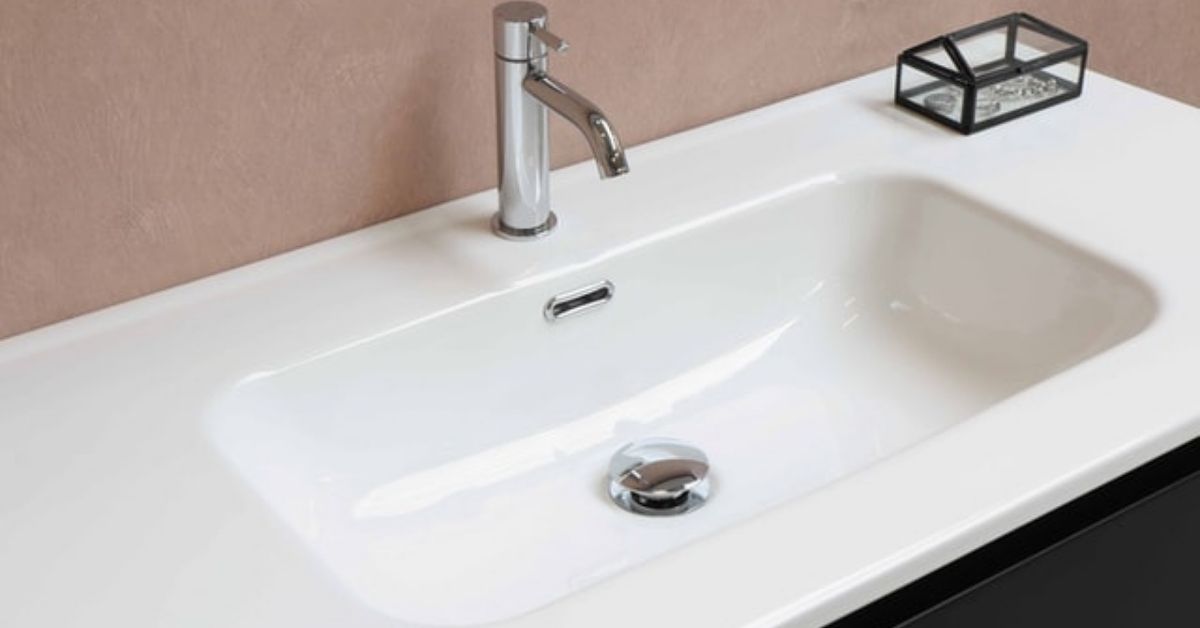









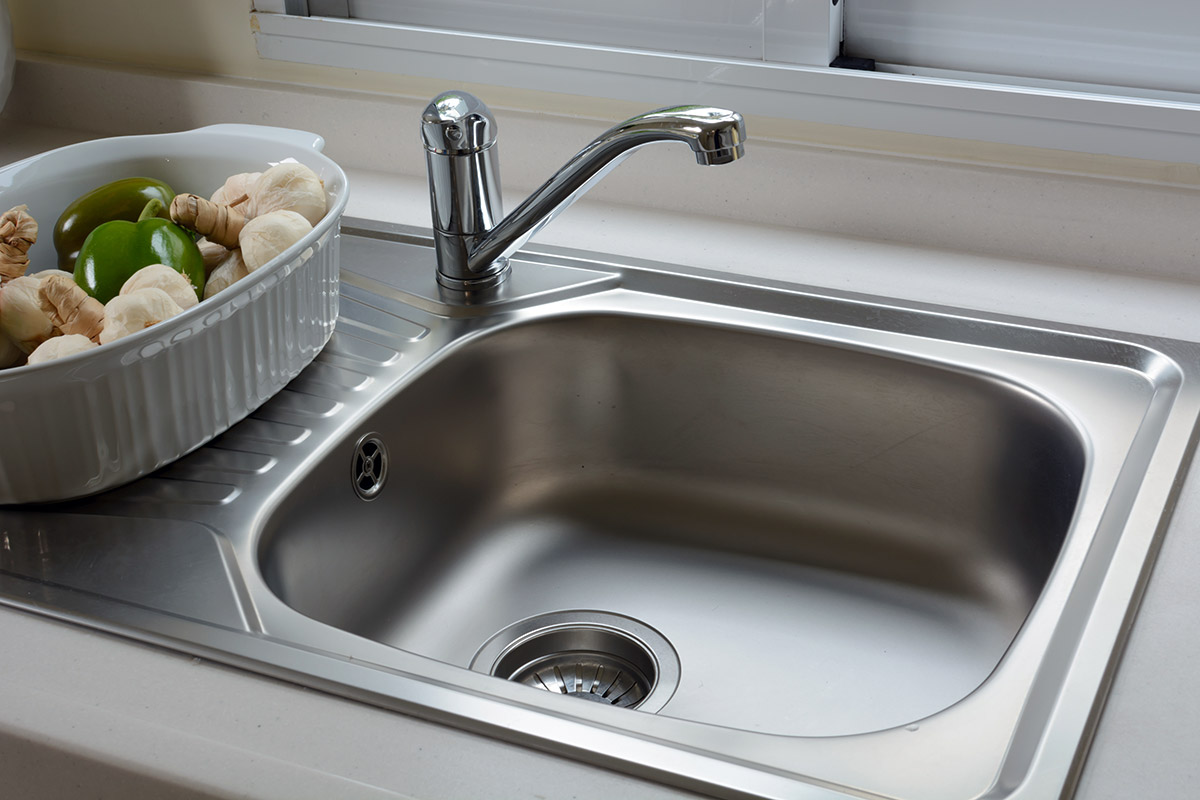












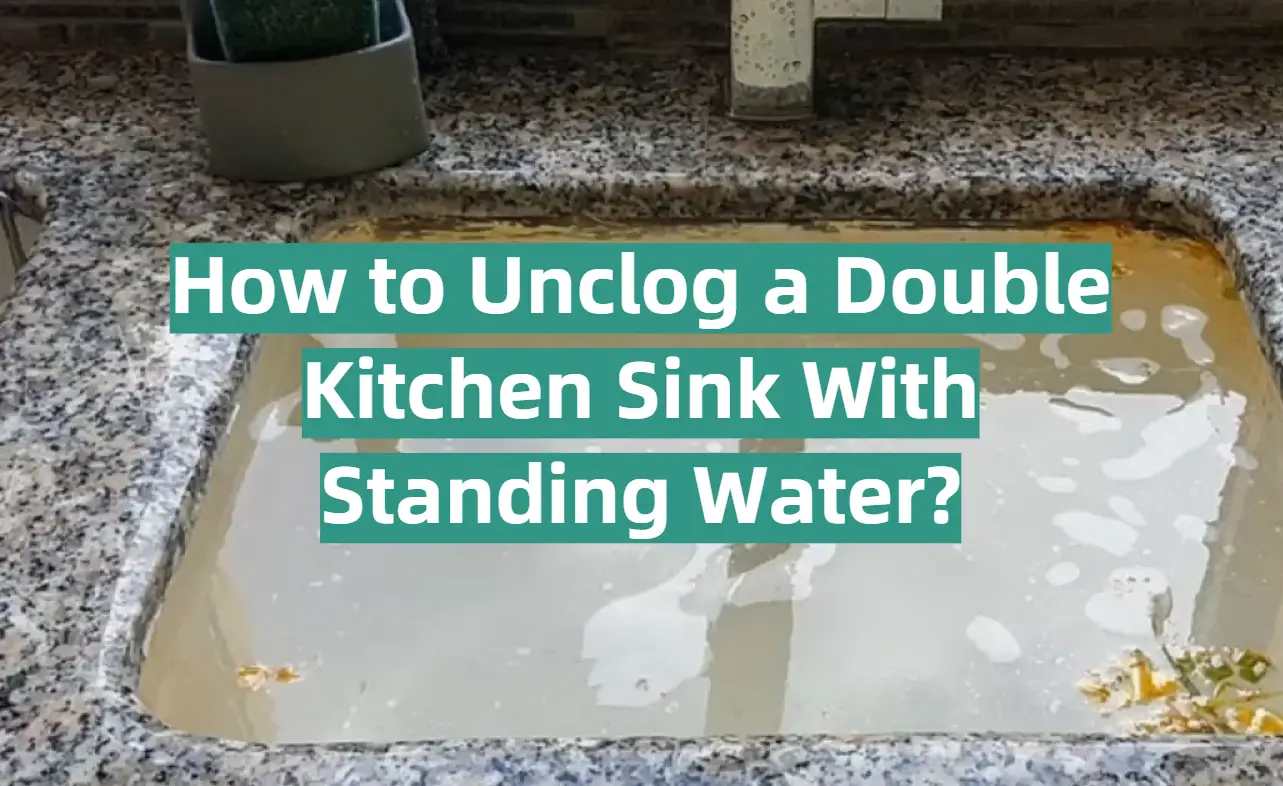


/GettyImages-173683465-58f822b83df78ca159d4543a.jpg)

:max_bytes(150000):strip_icc()/toilet-plunger-80708184-5797d8885f9b58461f591260.jpg)


:max_bytes(150000):strip_icc()/toilette-plunger--92314164-873564a34a3441058f00a8d6fc1f0441.jpg)




/pulling-hair-from-a-drain-182861550-5797d2d43df78ceb86a46b8e.jpg)


